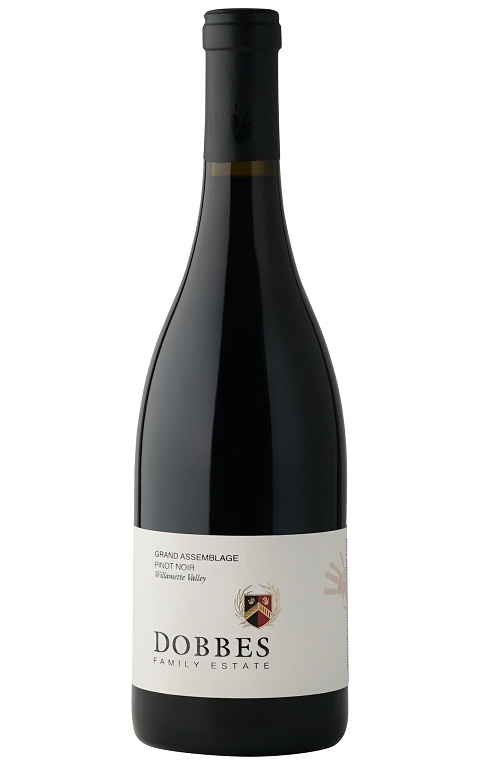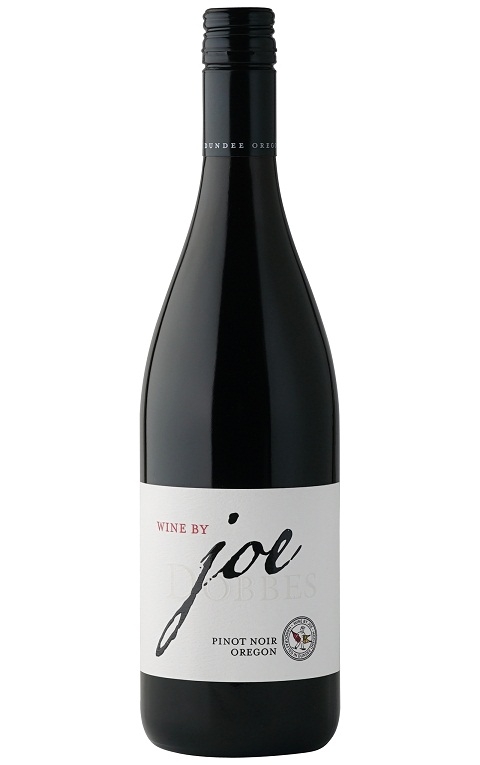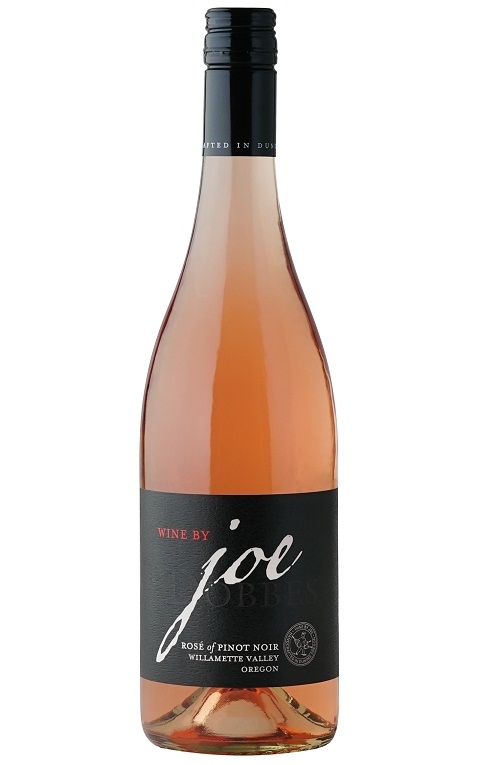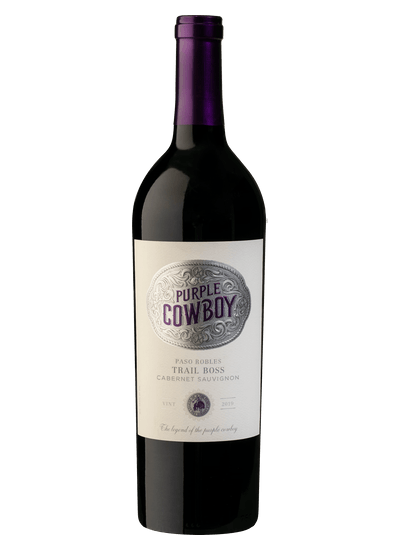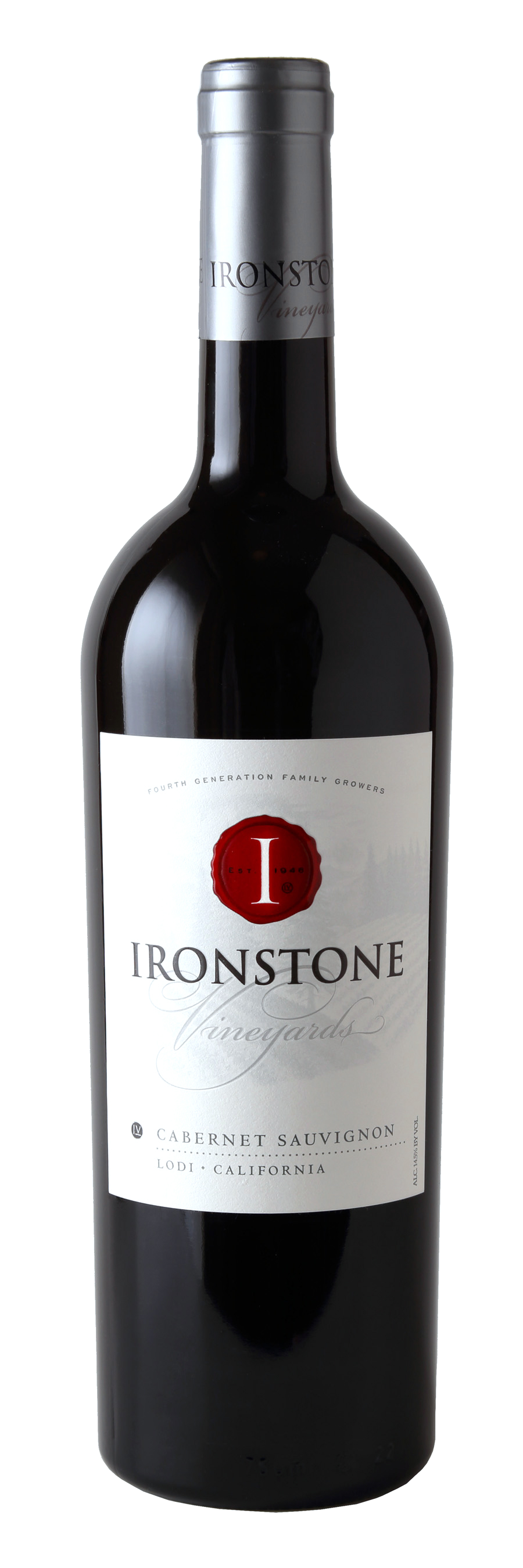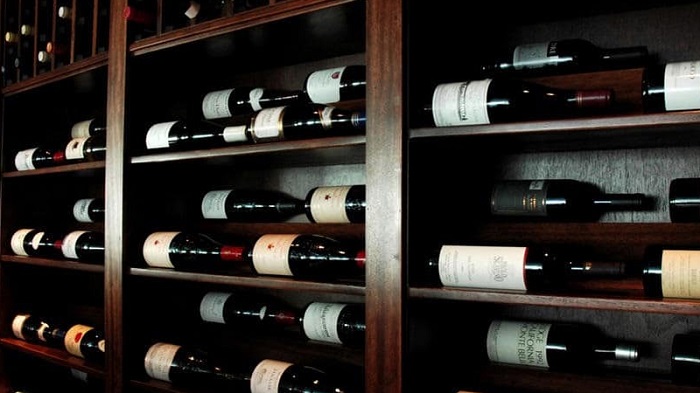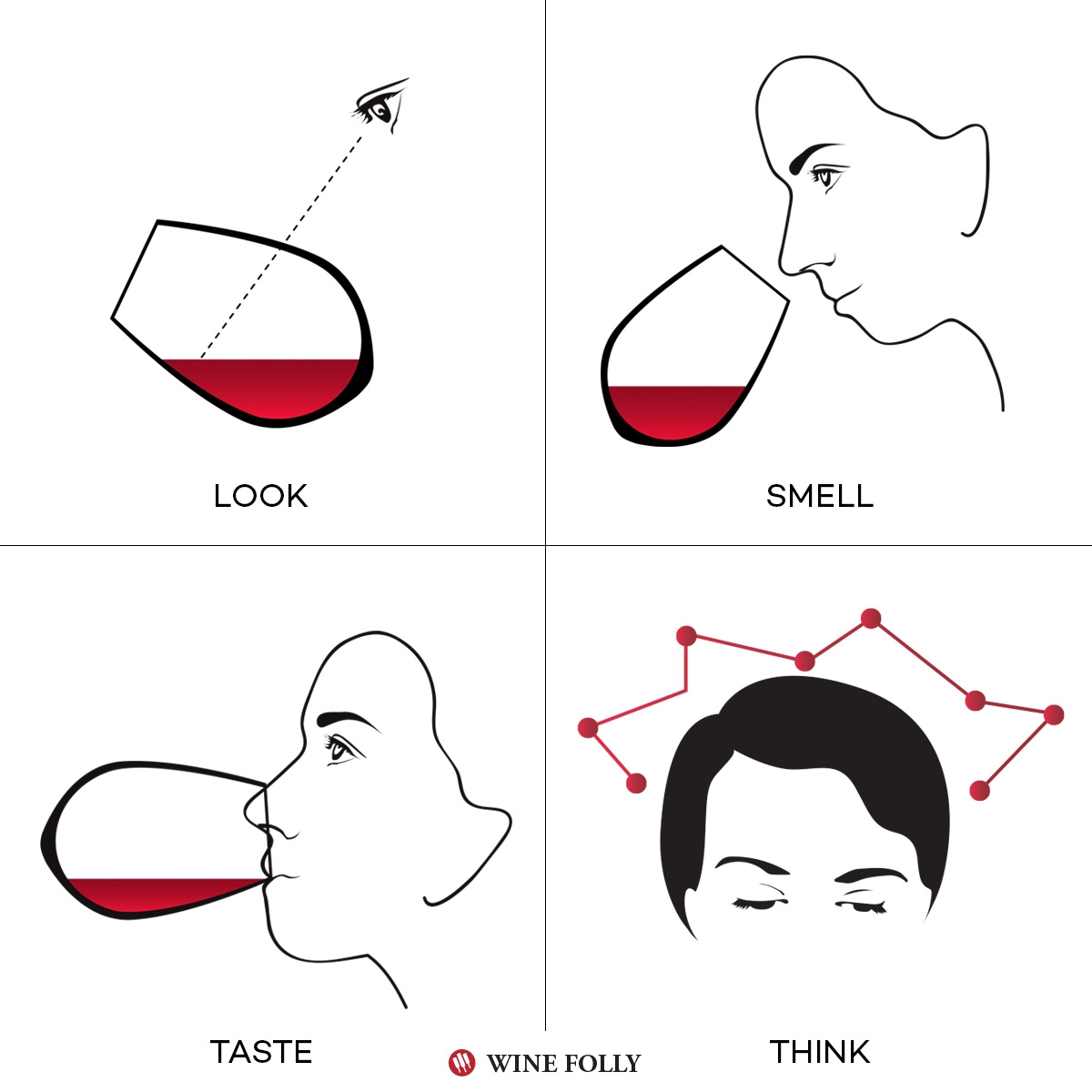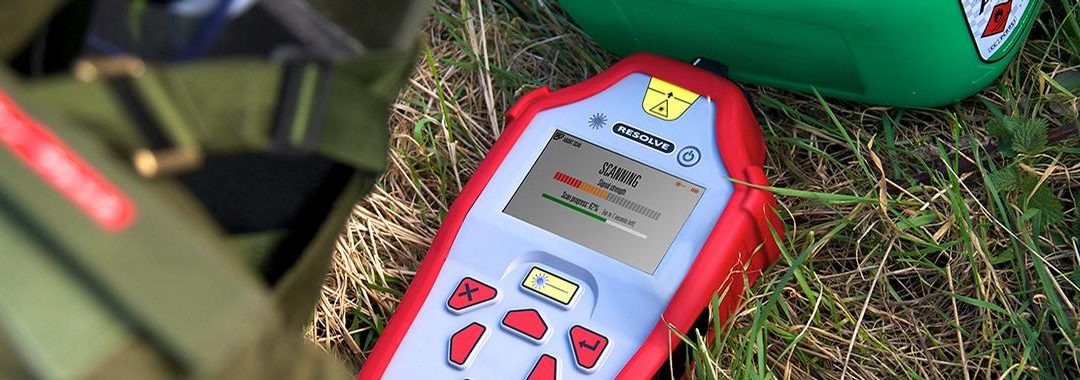.jpg)
Getting Started with Wine Tasting
Learning to taste wine is no different than learning to really appreciate music or art in that the pleasure you receive is proportionate to the effort you make. The more you fine-tune your sensory abilities, the better you’re able to understand and enjoy the nuances and details that great wines express. The time and effort invested in palate training is very rewarding—and a whole lot of fun!

How to Taste Wine
The ability to sniff out and untangle the subtle threads that weave into complex wine aromas is essential for tasting. Try holding your nose while you swallow a mouthful of wine; you will find that most of the flavor is muted. Your nose is the key to your palate. Once you learn how to give wine a good sniff, you’ll begin to develop the ability to isolate flavors.
Whenever you have a glass of wine in your hand, make it a habit to take a minute to stop all conversation, shut out all distraction and focus your attention on the wine’s appearance, scents, flavors and finish.
“Good Wine” for Beginners
You have probably heard from both friends and experts many times that any wine you like is a good wine. This is true if simply enjoying wine is your goal. You don’t have to do more than take a sip, give it a swallow and let your inner geek decide “yes” or “no.” The end.
It’s true that figuring out what you like is an important component of wine tasting, but it’s not the only component. Quickly passing judgment about a wine is not the same as truly understanding and evaluating it. If you’re tasting properly, you will be able to identify the main flavor and scent components in every wine you try; you will know the basic characteristics for all of the most important varietal grapes, and beyond that, for the blended wines from the world’s best wine-producing regions. You will also be able to quickly point out specific flaws in bad wines.
Finding Wine Flaws
Rest assured, there are some truly bad wines out there, and not all of them are inexpensive. Some flaws are the result of bad winemaking, while others are caused by bad corks or poor storage. If you are ordering a bottle of wine in a restaurant, you want to be certain that the wine you receive tastes the way it was intended to taste. You can’t always rely on servers in restaurants to notice and replace a wine that is corked. You are ultimately the one who will be asked to approve the bottle. Being able to sniff out common faults, such as a damp, musty smell from a tainted cork called TCA, will certainly make it easier for you to send a wine back.
Exploring Wine Regions
Wine is made in virtually every country in the world. These countries are often referred to as “Old World” or “New World.” “Old World” consists of regions with long histories of wine production, such as Europe and parts of the Mediterranean. Some of the most well-known “Old World” wine regions include France, Italy and Germany, and these regions focus greatly on the unique characteristics of the soil and climate, which give their wine a sense of place. “New World” (as the name suggestions) is used to describe newer wine-producing regions, such as U.S., Australia and Chile. These regions tend to have hotter climates and generally use different labeling methods; they tend to use grapes rather than region on labels for recognition.
Buying Wine
Before you can start investing in a full collection, you’ll need to discover your palate by embracing opportunities to taste and determine what you like. When dining out with friends or at a party, be open minded! A rich Cabernet Sauvignon might woo you initially, but you may also take a liking to exotic Rieslings depending on your mood. There is no better way to discover wine than by tasting everything to find the right ones for you.
Temperature:
All wine is stored at the same temperature, regardless of its color. But reds and whites are consumed at quite different temperatures. Too often people drink white winestoo cold and red wines too warm, limiting how much you can enjoy the wine. A white that’s too cold will be flavorless and a red that’s too warm is often flabby and alcoholic. Here is a key to ideal wine service temperatures:
|
Wine Service Temperatures |
|
|
Champagne, Sparkling, and Dessert Wine: |
40° F |
|
Sauvignon Blanc, Pinot Grigio: |
45-48°F |
|
Chardonnay, Chablis: |
48-52°F |
|
Pinot Noir: |
60-64° |
|
Cabernet Sauvignon, Merlot, Shiraz: |
64-66° F |
While this is a helpful guide, not everyone has a thermometer on hand. A good rule of thumb is to note that white wines should be chilled before drinking and red winesshould be have time to rise in temperature. If you have yet to invest in a wine storage refrigerator and your wines are kept at room temperature or in the refrigerator, you’ll do the opposite. Put your reds in the refrigerator for half an hour and take your whites out of the refrigerator for half an hour. Dessert wines, sparkling wines and rosés are best enjoyed at a cooler temperature than whites. Refrigerator temperature will do the trick.
Preservation
When you have leftover wine in the bottle, preservation is key. As wine comes into contact with air, it quickly spoils. To slow down the deterioration process, use a quick vacuum pump to suck out the excess air. The less air in the bottle, the longer the wine’s lifespan.
Editor: Casawines.com

